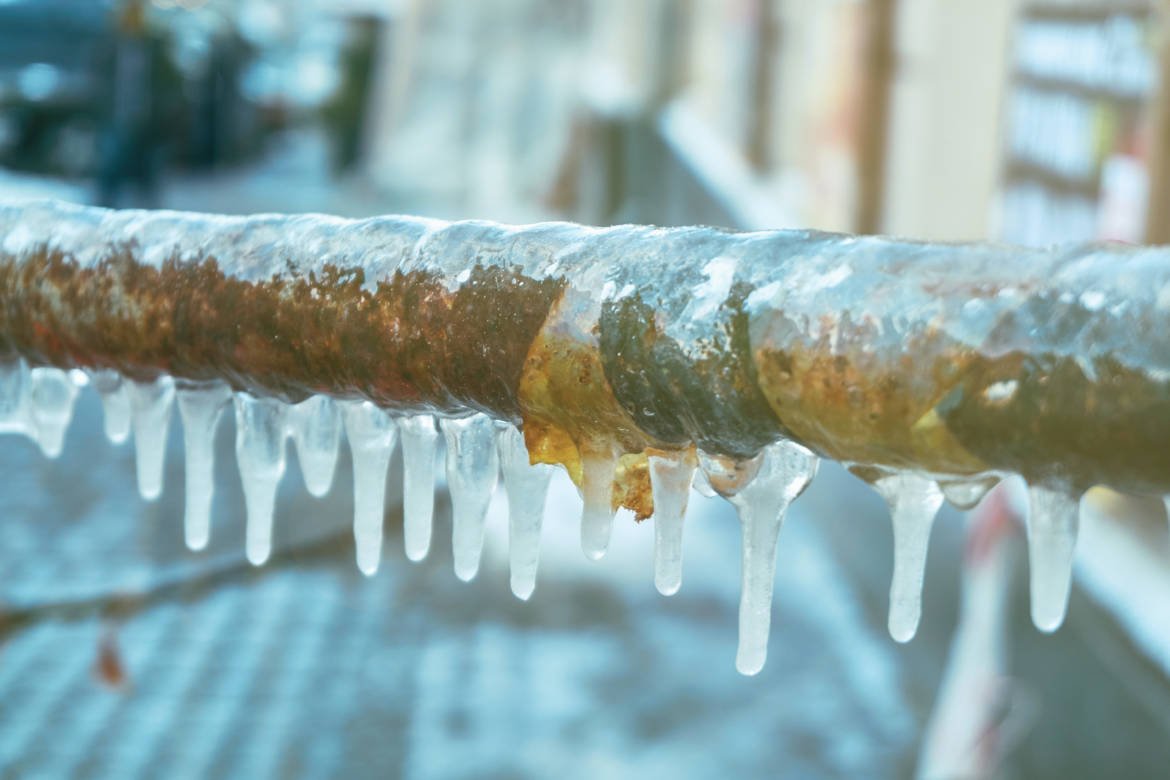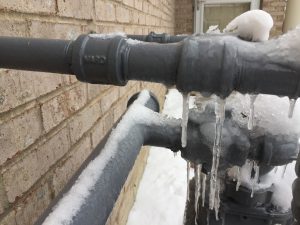Protecting Your Pipes from Freezing Issues: Essential Approaches
Protecting Your Pipes from Freezing Issues: Essential Approaches
Blog Article
What are your opinions concerning 6 Ways to Prevent Frozen Pipes?

Cold weather can damage your pipes, specifically by freezing pipelines. Right here's just how to stop it from taking place and what to do if it does.
Intro
As temperature levels decline, the risk of icy pipes increases, possibly resulting in pricey repairs and water damage. Recognizing exactly how to prevent icy pipelines is important for house owners in cold climates.
Avoidance Tips
Protecting susceptible pipelines
Wrap pipes in insulation sleeves or utilize heat tape to safeguard them from freezing temperature levels. Concentrate on pipelines in unheated or exterior areas of the home.
Home heating strategies
Keep indoor spaces appropriately heated, specifically locations with plumbing. Open up closet doors to permit warm air to circulate around pipelines under sinks.
How to recognize icy pipelines
Seek decreased water circulation from taps, uncommon smells or noises from pipes, and noticeable frost on exposed pipes.
Long-Term Solutions
Architectural adjustments
Consider rerouting pipes far from outside wall surfaces or unheated areas. Include added insulation to attic rooms, cellars, and crawl spaces.
Updating insulation
Buy high-quality insulation for pipes, attic rooms, and walls. Appropriate insulation helps keep consistent temperatures and decreases the risk of icy pipes.
Protecting Outdoor Pipes
Yard pipes and outside faucets
Disconnect and drain pipes yard tubes prior to winter months. Set up frost-proof spigots or cover outdoor taps with shielded caps.
Comprehending Frozen Pipelines
What creates pipelines to ice up?
Pipes ice up when revealed to temperatures listed below 32 ° F (0 ° C) for expanded periods. As water inside the pipelines freezes, it increases, taxing the pipeline wall surfaces and potentially triggering them to burst.
Dangers and damages
Frozen pipelines can result in supply of water disturbances, home damages, and expensive repair work. Burst pipelines can flood homes and trigger considerable structural damage.
Indicators of Frozen Piping
Recognizing icy pipelines early can prevent them from breaking.
What to Do If Your Pipelines Freeze
Immediate actions to take
If you presume icy pipelines, maintain faucets open up to alleviate pressure as the ice melts. Use a hairdryer or towels taken in warm water to thaw pipelines gradually.
Final thought
Protecting against frozen pipelines needs positive actions and quick reactions. By comprehending the reasons, indicators, and preventive measures, property owners can protect their pipes throughout winter.
5 Ways to Prevent Frozen Pipes
Drain Outdoor Faucets and Disconnect Hoses
First, close the shut-off valve that controls the flow of water in the pipe to your outdoor faucet. Then, head outside to disconnect and drain your hose and open the outdoor faucet to allow the water to completely drain out of the line. Turn off the faucet when done. Finally, head back to the shut-off valve and drain the remaining water inside the pipe into a bucket or container. Additionally, if you have a home irrigation system, you should consider hiring an expert to clear the system of water each year.
Insulate Pipes
One of the best and most cost-effective methods for preventing frozen water pipes is to wrap your pipes with insulation. This is especially important for areas in your home that aren’t exposed to heat, such as an attic. We suggest using foam sleeves, which can typically be found at your local hardware store.
Keep Heat Running at 65
Your pipes are located inside your walls, and the temperature there is much colder than the rest of the house. To prevent your pipes from freezing, The Insurance Information Institute suggests that you keep your home heated to at least 65 degrees, even when traveling. You may want to invest in smart devices that can keep an eye on the temperature in your home while you’re away.
Leave Water Dripping
Moving water — even a small trickle — can prevent ice from forming inside your pipes. When freezing temps are imminent, start a drip of water from all faucets that serve exposed pipes. Leaving a few faucets running will also help relieve pressure inside the pipes and help prevent a rupture if the water inside freezes.
Open Cupboard Doors
Warm your kitchen and bathroom pipes by opening cupboards and vanities. You should also leave your interior doors ajar to help warm air circulate evenly throughout your home.

We had been made aware of that report on 6 Ways to Prevent Frozen Pipes from an acquaintance on another web property. Appreciated our write up? Please quickly share it. Help others discover it. Thank you so much for your time invested reading it.
Click Here Report this page